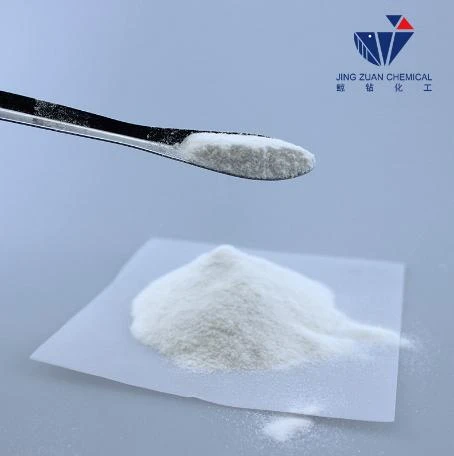
Nov . 10, 2024 05:00 Back to list
China Redispersible Powder for Enhanced Construction and Building Material Applications
Understanding the Role of Redispersible Polymer Powder in Construction A Focus on China
In recent years, the construction industry has seen significant advancements in the materials utilized to enhance the durability, flexibility, and overall performance of building products. One such innovation is redispersible polymer powder (RDP), a versatile additive that has gained immense popularity, especially in the Chinese market. As a critical component in various construction applications, RDP plays a pivotal role in the formulation of cementitious products, such as tile adhesives, plasters, and mortar.
What is Redispersible Polymer Powder?
Redispersible polymer powder is a dry, free-flowing powder that, when mixed with water, redisperses to form a stable emulsion. Typically derived from emulsions of various polymers, RDP imparts unique properties to construction materials. The principal types of polymers used include vinyl acetate-ethylene (VAE) copolymers and styrene-acrylic copolymers. These powders are particularly prized for their ability to enhance the mechanical properties of cement-based mixtures, improve adhesion, and increase flexibility and water resistance.
The Importance of RDP in the Construction Industry
In the fiercely competitive construction industry, the demand for high-performance building materials is ever-increasing. Redispersible polymer powder helps meet this demand by providing several key benefits
1. Improved Adhesion One of the primary functions of RDP is to enhance adhesion between various substrates. It allows mortars and adhesives to bond more effectively to surfaces, leading to better performance of tiles, stones, and other construction materials.
2. Enhanced Flexibility and Elasticity RDP grants cementitious products greater flexibility and elastic properties. This is particularly important in areas subjected to thermal expansion or contraction, where rigid materials might crack. The flexibility provided by RDP helps maintain the structural integrity of the installations.
3. Water Resistance RDP improves the water-resistant properties of mortar and adhesives, which is crucial in environments exposed to moisture, such as bathrooms, kitchens, or outdoor applications. This water resistance significantly lowers the risk of deterioration over time.
china redispersible powder

4. Workability Incorporating RDP into construction mixtures enhances workability, allowing the materials to be applied more easily, spread uniformly, and finish smoothly. This is particularly beneficial for workers at construction sites, who need materials that are user-friendly and efficient.
5. Durability Products formulated with redispersible polymer powder generally exhibit improved long-term durability. They resist cracking, peeling, and other forms of wear and tear, ensuring longevity, saving costs, and minimizing maintenance needs over time.
Market Trends and Innovations in China
China's construction industry, driven by rapid urbanization and infrastructure development, has become a major consumer of redispersible polymer powders. The government's investment in housing, transportation, and public works has led to increased demand for innovative construction materials.
Chinese manufacturers are investing heavily in research and development to produce high-quality RDP that meets stringent performance standards. These advancements have been complemented by sustainable practices, as manufacturers emphasize eco-friendly formulations to minimize environmental impact. The push for green building materials aligns with global trends that prioritize sustainable construction, further driving the popularity of RDP.
Challenges and Future Prospects
While the redispersible polymer powder market in China continues to thrive, it is not without challenges. Competition among producers can lead to quality discrepancies, affecting the performance of end-products. Moreover, fluctuations in raw material prices can impact production costs. Establishing robust quality control protocols and maintaining transparent supply chains will be crucial for manufacturers aiming to sustain their market positions.
Looking ahead, the prospects for redispersible polymer powders are bright. As construction practices evolve and the demand for high-performance, adaptable building materials grows, RDP will likely play an increasingly pivotal role. The continued investment in innovative applications and bespoke formulations tailored to specific construction needs will further entrench RDP's place in the industry.
In summary, redispersible polymer powder is an invaluable asset in modern construction, particularly within the dynamic Chinese market. Its contribution to enhancing the quality, durability, and performance of construction materials cannot be overstated, ensuring that buildings remain not only aesthetically pleasing but also structurally sound and long-lasting.
-
Versatile Hpmc Uses in Different Industries
NewsJun.19,2025
-
Redispersible Powder's Role in Enhancing Durability of Construction Products
NewsJun.19,2025
-
Hydroxyethyl Cellulose Applications Driving Green Industrial Processes
NewsJun.19,2025
-
Exploring Different Redispersible Polymer Powder
NewsJun.19,2025
-
Choosing the Right Mortar Bonding Agent
NewsJun.19,2025
-
Applications and Significance of China Hpmc in Modern Industries
NewsJun.19,2025







